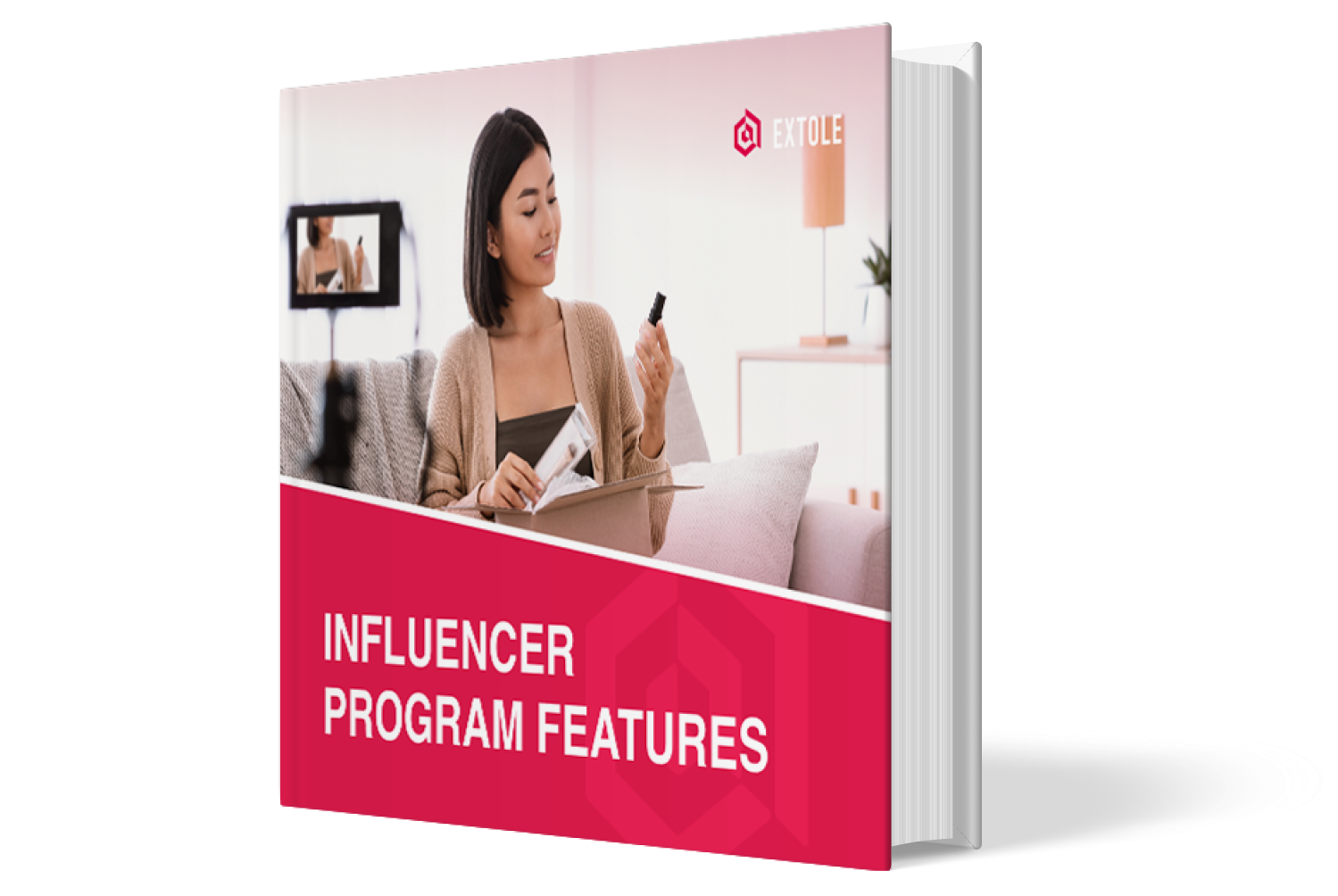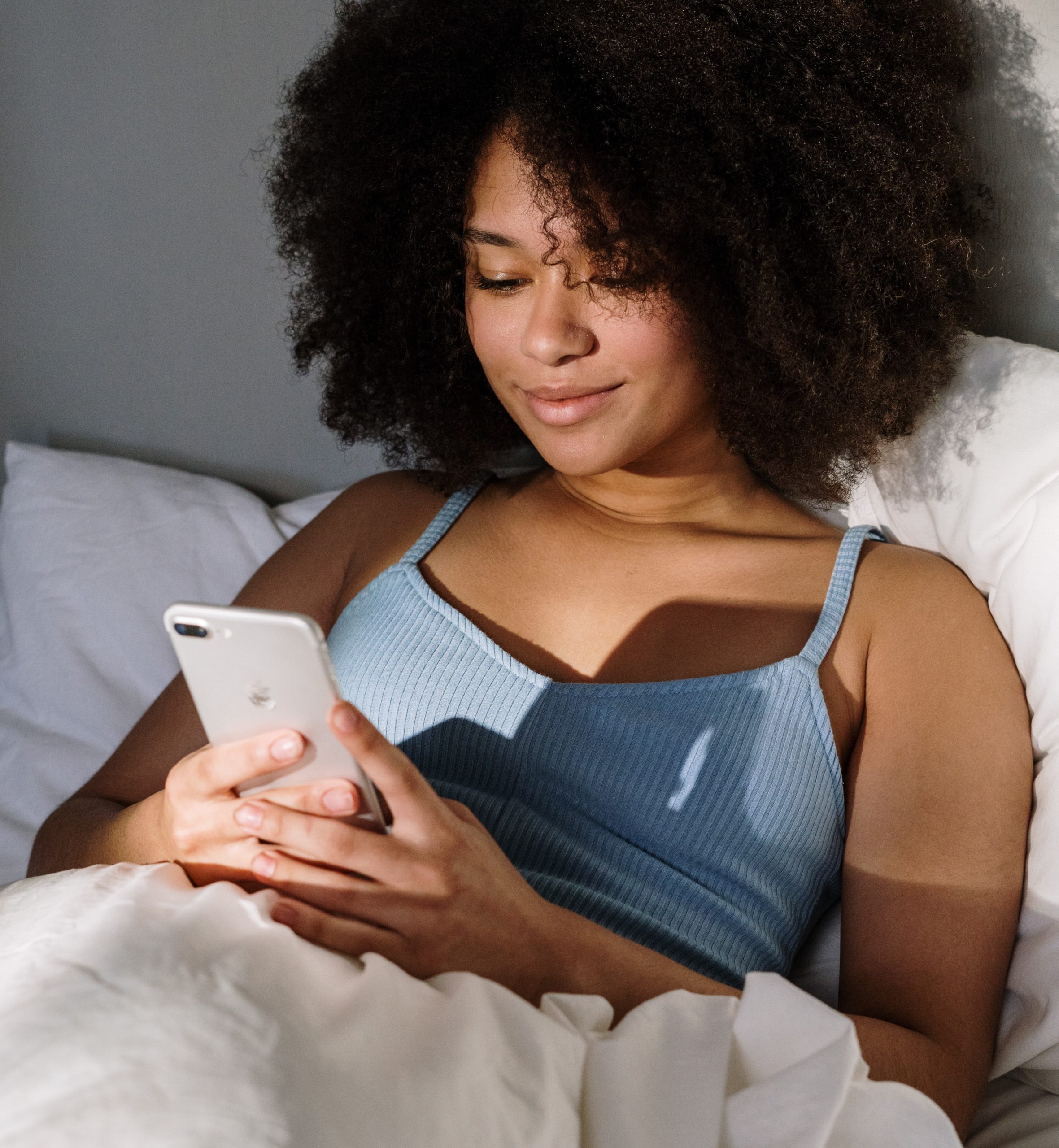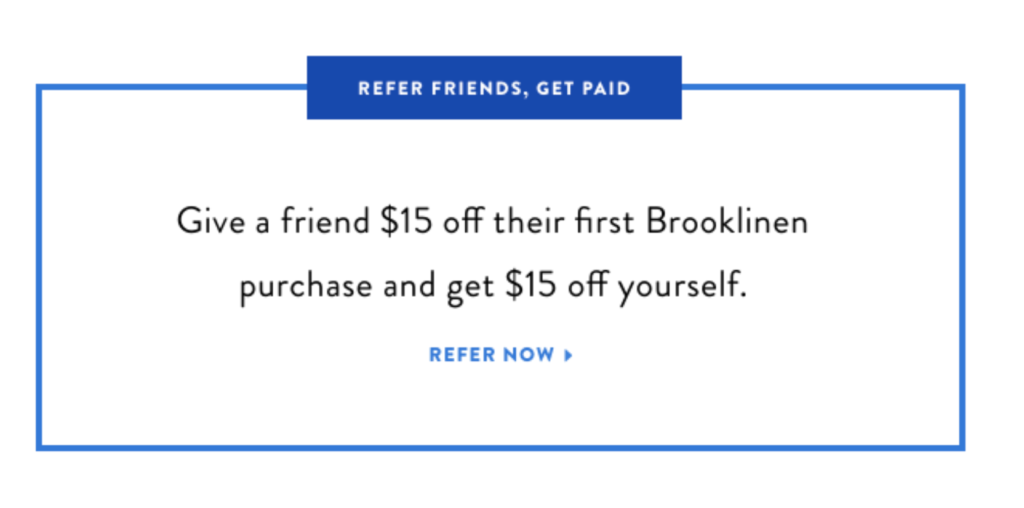Brooklinen’s tagline as “the Internet’s favorite sheets” rings more true than most taglines.
From 2014 to 2019, the Brooklyn-based bed sheet company secured nearly $200 million in revenue. In case that wasn’t impressive enough, today, the brand has over 300k Instagram followers and a booming TikTok account.
View this post on Instagram
But it gets even more impressive. When husband-wife duo Rich and Vicki Fulop started the company in 2014, they had virtually zero digital marketing experience. But, instead of giving up when things got tough, they learned what they could about marketing and applied those lessons to their business. And it worked.
Brooklinen’s story is proof that you don’t necessarily need a master’s degree in marketing to see growth for your brand. All you need is a strong DTC marketing strategy that revolves around knowing your audience, securing influencer partnerships, and launching a referral program to build a massive base of loyal customers.
Brooklinen Made a Name for Itself with Word-of-Mouth Marketing
In the early days, getting the Brooklinen name out was a top priority for co-founders Vicki and Rich Fulop. They knew they had a great product on their hands, but they needed people to see it.
As an online consumer packaged goods (CPG) brand, Brooklinen didn’t have an easy sell with bedding. Brooklinen’s website and social accounts said the sheets were “hotel quality” for a lower price tag. But for a potential customer, there was no way of seeing (or feeling) that value if the product wasn’t in a traditional retail store.Vicki had previous experience working in PR, so she knew who they needed to build trust – bloggers and media pros. If these sources spread positive word-of-mouth about their product, Brooklinen could start building a customer base.
In 2014, the Fulops packed a Zipcar with their new product and drove around New York City, gifting sets of sheets to influencers and bloggers along the way in the hopes the recipients would give the sheets some media attention. In total, they dropped off 60 sheet sets to different bloggers and media members with handwritten notes.
“Most of them ended up really loving it,” said Vicki. Soon, word around the city started to pick up about this Brooklyn startup selling hotel-quality bed sheets at an affordable price.
Around the same time, they also started a Kickstarter campaign to get additional funding. The campaign’s original goal was $50,000. They hit that number within the first week of the campaign. Thirty days later, Brooklinen raised a little over $230,000.
This was good news because Rich and Vicki were already thinking bigger. Their local initiatives were paying off, but they wanted the rest of the world to know the Brooklinen brand.
Brooklinen Boosted Brand Awareness with Influencer Partnerships
With some NYC buzz and a little more money in their pockets, Vicki and Rich decided to invest in influencer outreach.
View this post on Instagram
A post shared by Jess | Furniture Refinisher | DIYer (@oakandgrain_refinishing)
Their thinking is in-line with the growing demand from consumers, particularly Gen Z and millennials: social commerce is on the rise and is slated to account for 62% of all ecommerce transactions by the year 2025.
But it’s not enough to simply find random Instagram accounts with a million followers – they need to be a great brand fit. That’s why finding relevant influencers to partner with remains one of the biggest challenges for marketers today.
Brooklinen adopted a campaign-based approach, contracting with influencers on a per-project basis rather than having an always-on program. This approach is favored by about 67% of brands because it allows marketers to test the waters with influencers, measuring the results of a campaign before deciding to fully commit to an influencer relationship.
In 2018, Brooklinen partnered with 12 lifestyle influencers to promote and sell its new bed sheets. These influencers were all asked to share personalized discount codes in the content they created. The top three influencers brought in a total of $7,300 in sales for the new line. The company’s revenue from this outreach was much higher than the influencer fees.
Brooklinen also had some fun with its influencer marketing efforts by bringing pets into the mix.The company partnered with 10 pet influencers (well, most likely their owners) for a subway station takeover. It took photos of the different pets on Brooklinen products and added cute and snappy messaging like, “Sheets so soft, kittens are jealous.” The ads were placed throughout the 8th Ave./14th St. station in New York City for over four weeks.
Source: Adweek
While Brooklinen was no amateur when it came to subway ads – it had been successfully running them for a few years – this marketing campaign gave Brooklinen a competitive advantage: the chance to connect emotionally with its customers. The company’s goal was simple: to put a smile on peoples’ faces and introduce them to the quality of the Brooklinen brand and products.

Extend Your Brand Reach With Influencer Advocates
Let your influencers create new customers. Learn how to access their followers and drive customer-led growth.
Get the GuideBrooklinen Rewarded Loyal Customers to Strengthen Its Customer Base
Through consistent word-of-mouth marketing, Brooklinen built a strong following. How has Brooklinen been able to maintain this high level of customer acquisition? By rewarding them.
Consider its Comfort Crew rewards program, which rewards customers with redeemable points for engaging with the brand in different ways.
Source: Brooklinen.com
Brooklinen offers industry-standard perks. For example, customers earn one point for every dollar they spend, but they also gain different tiers of points for sharing testimonials on social media and writing reviews of products. And the ultimate reward? 1,000 points for referring a friend. These points are redeemable for discounts on future purchases, donations to charities made in the customer’s name, or free products like loungewear.
Brooklinen’s successful refer-a-friend program accounted for roughly 12% of all website traffic at its peak in August 2020. Parachute, one of Brooklinen’s top competitors in the DTC bedding space, only received about 7% of its traffic from referrals in the same month.
And it doesn’t just rely on spreading the word through its website. Brooklinen integrates referral messaging into other marketing channels, like social media and email. This helps maximize its program’s reach and attract new customers.
On Instagram, customers are encouraged to create content with their Brooklinen products, tag the company, and share a unique referral link. The link gives both the customer and referral a discount on a future purchase.
View this post on Instagram
Brooklinen also integrates referral messaging into its emails, so customers receive a soft reminder to sign up to “refer friends, get paid.”
Source: ReallyGoodEmails.com
A referral message at the bottom of an e-commerce newsletter is a helpful reminder for customers to maximize their purchasing power by getting a little incentive to share your brand.
Use Brooklinen’s DTC Marketing Strategy as a Blueprint
If you’re a direct-to-consumer brand in e-commerce, you can’t expect consumers to take your word for it when it comes to product quality. People usually want to touch and feel the product themselves and come to their own conclusions.
But as Brooklinen shows, there is a workaround to generating brand value.
Start building tried-and-true tactics, like word-of-mouth and loyalty programs, using a growth marketing tool like Extole. Nurture your audience by rewarding them and get the results your brand needs to help build its own empire.




 (@armielchandler)
(@armielchandler)


